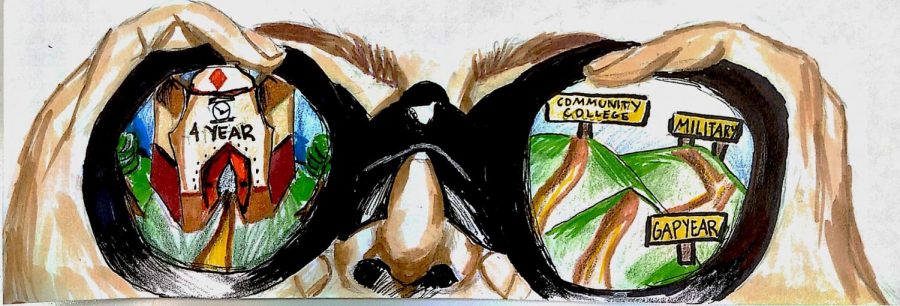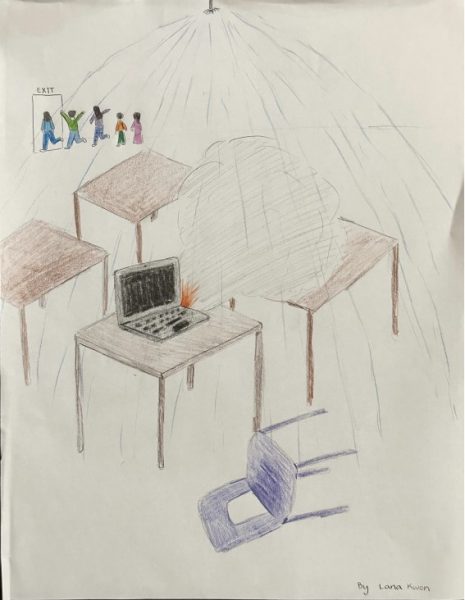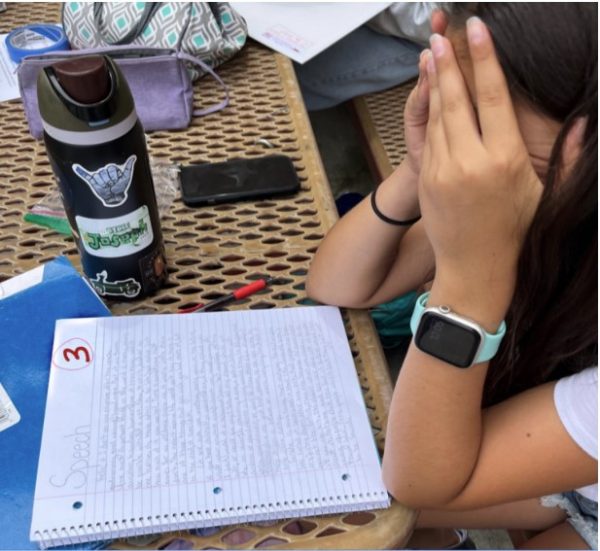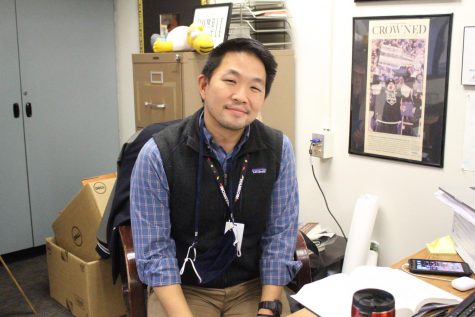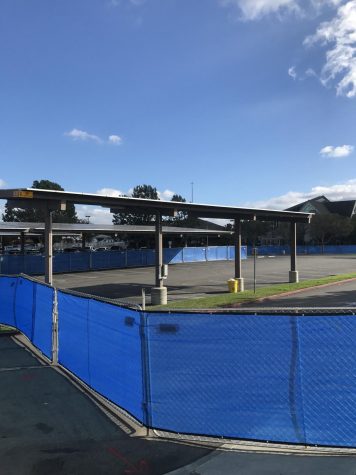College Choices: Celebrating the Roads Less Traveled
The age-old question of “what are you going to do after high school” is starting to take on more weight as tuition prices skyrocket and admission rates to top schools plummet.
With the price of a public college education having risen by 33 percent in the past decade, as revealed by the National Center for Education Statistics, students are starting to take unconventional postsecondary educational routes into consideration. Trade schools, community college and gap years are becoming less of a taboo and often present themselves as appealing options due to their affordability and the personalized experiences they offer.
Private and public colleges are only getting more and more expensive as the years go by, but community colleges continue to be an affordable education pathway. Two years of community college costs $3,440 on average compared to four-year state schools, which cost an average of $9,410 or private universities which have an average cost of $32,410 as stated by the College Board public community.
“College debt” has become a buzzword in most media outlets, with more and more young Americans crippled by the cost of a diploma they may have received a decade ago. According to the College Board, college graduates have an average debt of $30,100, turning more affordable options into possible solutions to this growing issue.
Another path that is available to all students is to help Uncle Sam and join the military. According to Military Advantage, the military offers specialty training such as cash bonuses, family health and dental care, tax-free housing and other substantial discounts.
While community college and the military are not for everyone, they offer quality educational experiences at a fraction of the cost of public and private institutions.
In 2015, the Gap Year Association showed that a growing number of students are embarking on gap years, in which they take a year between high school and college to grow personally, travel or prepare for a future career. Once in a lifetime experiences such as traveling to distant countries, getting an internship or volunteering are a few ways that students choose to spend their year.
Taking a gap year after high school not only encourages students to explore their interests, but grants time for students to grow and mature as they enter into adulthood. In addition, students are given the opportunity to reflect on their personal career goals.
Data from the National Alumni Survey 2015 Report revealed that 98 percent of the students who took a gap year reflected upon it as helping them develop and allowed time for personal reflections.
In a Gallup study from 2016, it was shown that less than a third of of 100 million full-time employees in the US are engaged at work and are “involved in, enthusiastic about and committed to their work and workplace.”
By exploring alternative options such as joining the military, taking classes at a local community college or even starting a business, these personalized educational experiences can lead to career choices that allow one’s passions to flourish.
Your donation will support the student journalists of Woodbridge High School. Your contribution will allow us to purchase equipment and cover our annual website hosting costs.



